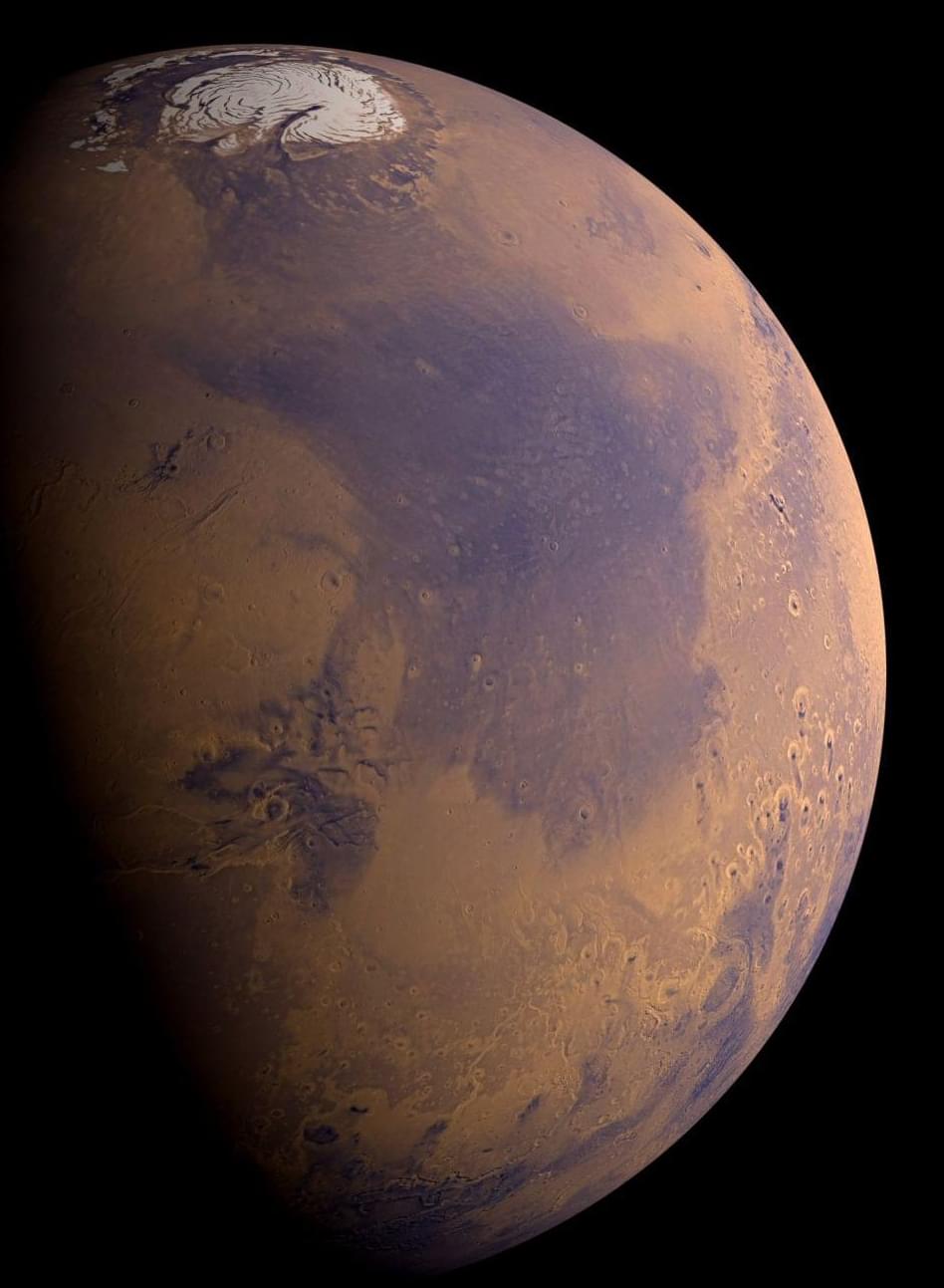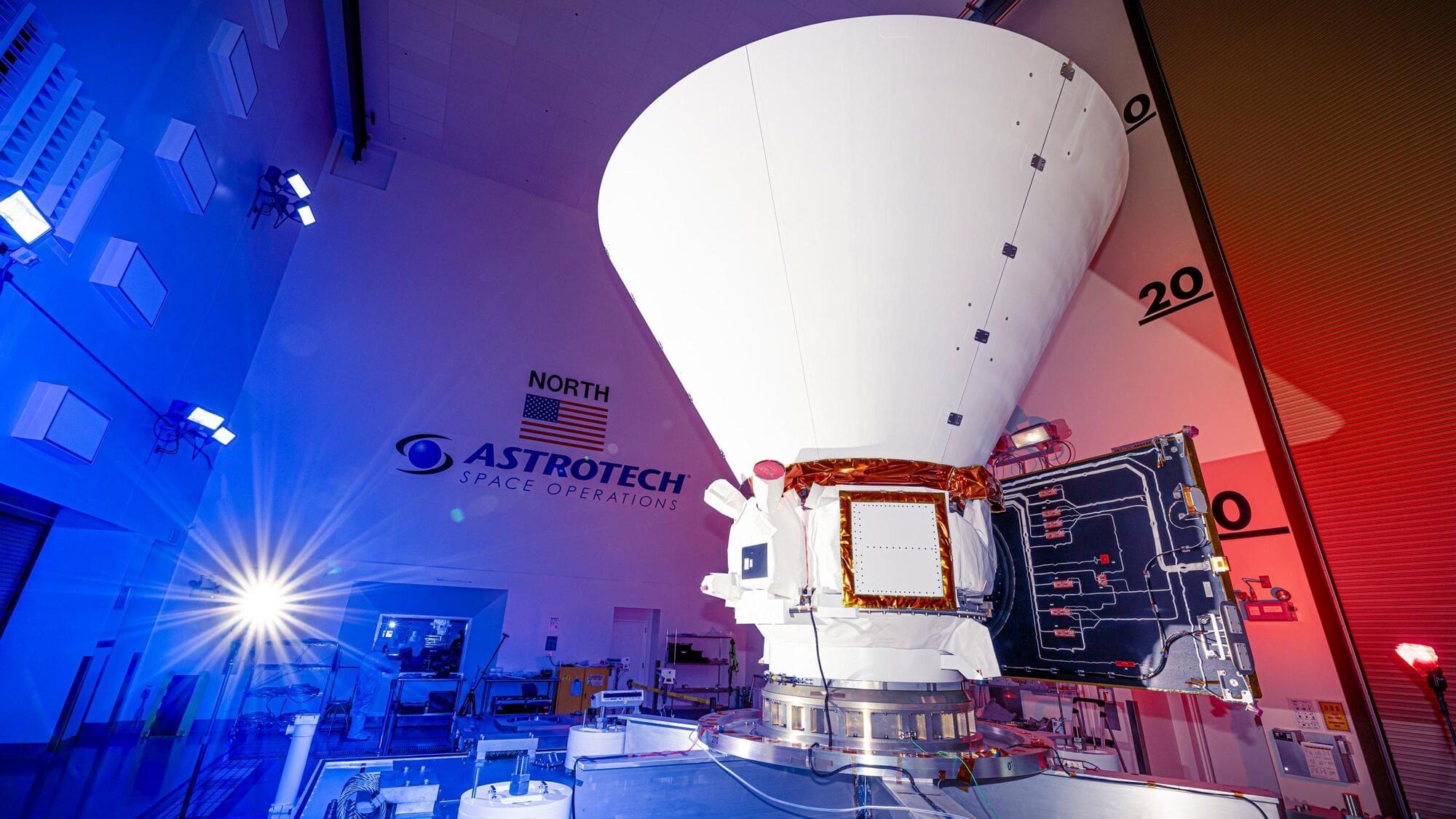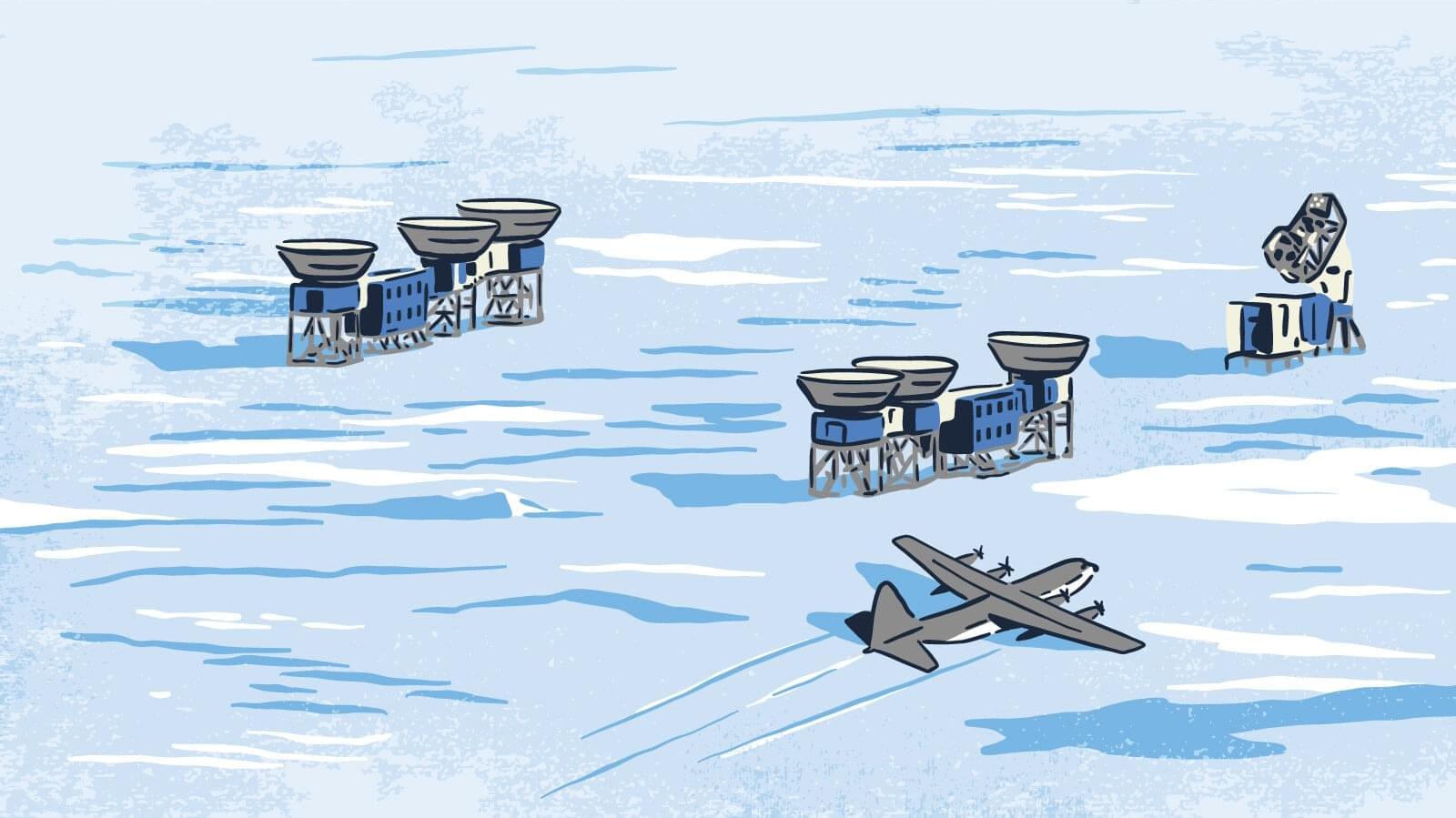What tests can be performed on Earth to help us find signs of ancient life on Mars? This is what a recent study published in Frontiers in Astronomy and Space Sciences hopes to address as a team of researchers investigated how scientific methods used on Earth to identify fossilized microbial life could be used on a future mission to Mars to identify similar microfossils on the Red Planet. This study has the potential to help researchers develop more efficient methods in finding ancient life on Mars, which has long been the driving force behind exploring the Red Planet.
For the study, the researchers used a laser-powered mass spectrometer to identify microfossils in gypsum deposits in Algeria with the goal of using similar instruments on future missions to Mars. Mass spectrometers are used for classifying the chemical characteristics and structures of molecules while gypsum is a widely used mineral on Earth that is formed when water evaporates. On Mars, hydrated sulfate deposits, which contain water molecules, have been identified across the Martian surface, so using gypsum is an appropriate analog to study in preparation for future missions to Mars. In the end, the researchers successfully identified microfossils within the gypsum deposits using their laser-powered mass spectrometer.
“Our findings provide a methodological framework for detecting biosignatures in Martian sulfate minerals, potentially guiding future Mars exploration missions,” said Youcef Sellam, who is a PhD student at the University of Bern and first author of the study. “Our laser ablation ionization mass spectrometer, a spaceflight-prototype instrument, can effectively detect biosignatures in sulfate minerals. This technology could be integrated into future Mars rovers or landers for in-situ analysis.”





